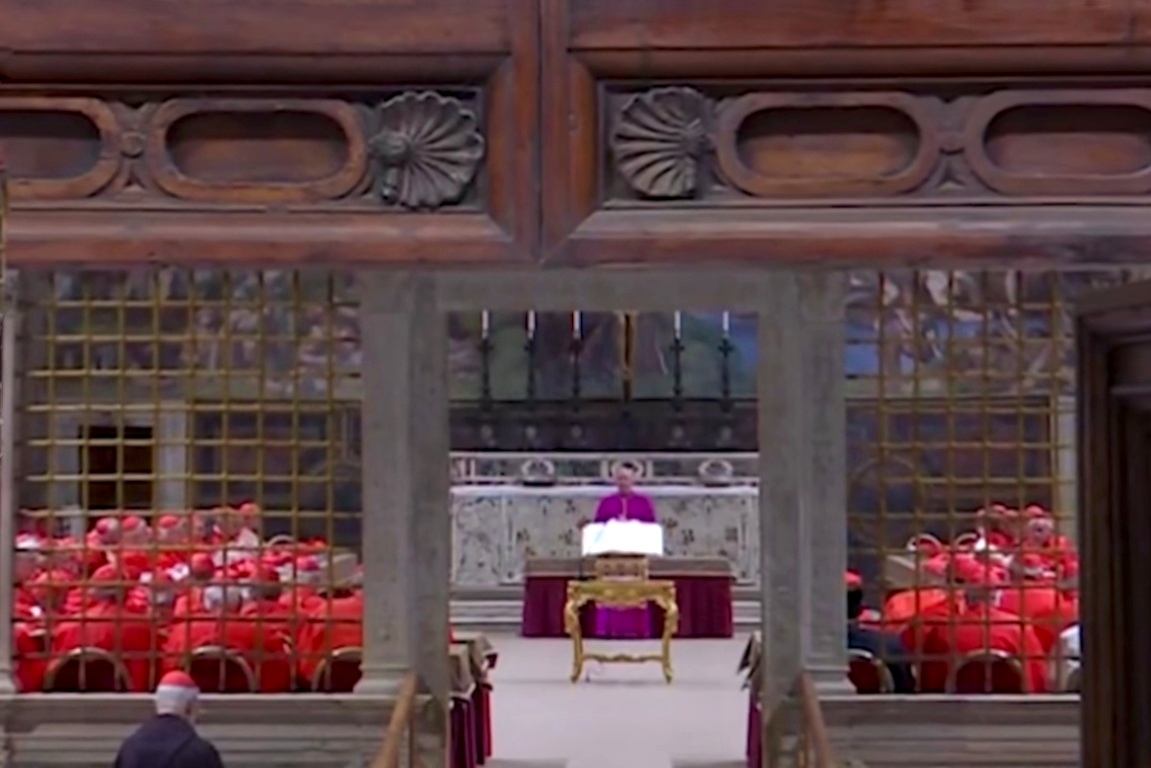Why the next pope should be Filipino
For half a millennium, the Philippines has carried the torch of Roman Catholicism in Asia—burning bright through colonization, dictatorship, and diaspora. It is one of the Church’s last true strongholds, home to more than 80 million Catholics and a culture steeped in devotion, processions, novenas, and public faith. Yet even here, the flame flickers. Young Filipinos are drifting from the pews. Religious authority is fading from the political stage. And the Vatican, if it’s paying attention, should see this moment for what it is: a crossroads.
In the ongoing 2025 conclave, the Catholic Church has the chance to do something both bold and overdue—elect a pope from the Philippines.
This is more than symbolism. It’s strategy. The Church is shrinking in its European heartland. The future of Catholicism lies south and east of Rome—in places where faith is still felt in the bones, not just whispered in rituals. Asia is the final frontier for evangelization. And no country on the continent has lived and breathed Catholicism like the Philippines.
Two Filipino cardinals—Luis Antonio Tagle and Pablo Virgilio David—are among those drawing serious attention. Tagle, 67, a trusted voice in the Vatican and former Archbishop of Manila, is a charismatic communicator of mercy and inclusion. David, 66, is known for moral courage and theological clarity. Both represent a Catholicism that is joyful, grassroots, and unapologetically Asian.
But the real argument for a Filipino pope isn’t about résumés. It’s about history—and justice.
Catholicism was brought to the Philippines at swordpoint. Ferdinand Magellan’s arrival in 1521 wasn’t just a spiritual landing—it was the start of centuries of colonization, where faith and empire walked hand in hand. That Filipinos clung to the Church anyway—adapted it, owned it, reimagined it—speaks volumes about the spiritual resilience of a nation.
To elect a Filipino pope in 2025 would be more than historic. It would be poetic. It would rewrite the story from subjugation to sovereignty—giving back, finally, what colonization never could: power on the throne of Peter.
Filipinos are not just passive inheritors of the faith. They are its global missionaries. Filipino priests serve across Europe, Africa, and the Middle East. Filipino nurses and nannies bring their rosaries and rituals into homes across the diaspora. They build chapels in basements, host processions in the streets of Queens and Rome, and keep Catholicism alive in places the Church has long been retreating from.
And Filipino Catholicism is something unique: colorful yet reverent, mystical yet practical, deeply Marian, radically communal. Devotion here is not cloistered—it dances in the streets with the Black Nazarene and sings in full voice at dawn masses. It’s a kind of faith the modern Church needs more of: unshaken by cynicism, alive with joy, rooted in service.
To overlook this is not just a missed opportunity. It’s a failure of imagination.
In Manila’s cathedrals and countryside chapels, in the candles lit before Our Lady of Manaoag, and in the crowded trains of migrant workers clutching rosaries abroad, the prayer is the same: that the Church sees them. That for once, the periphery becomes the center.
The conclave will soon elect a new pope behind locked doors, the Sistine Chapel cloaked in silence. But beyond it, a louder call echoes—from Asia, from the barrios, from the millions whose faith is not fading but waiting to lead.
It’s time the Church looked East. It’s time the Vatican elected a Filipino pope.



0 Comment